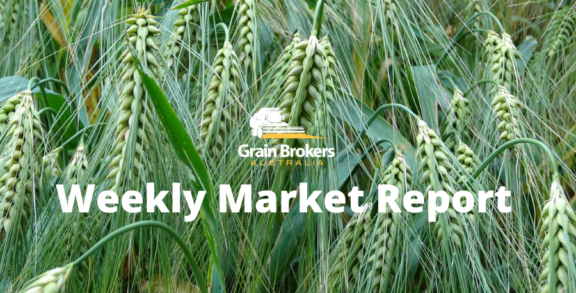Dry season patterns for Northern Australia
Northern Australia is now well into its dry season, which runs from May to September. A high pressure system over the Great Australian Bight over the last few days has pushed cool dry air as far as the north coast. Another high pressure system is likely later in the week and could produce another period of cool temperatures for the North. While the dry season usually experiences periods of warm and cool, seasonal climate models suggest the next three months are likely to be warmer-than-normal for northern Australia.
See the Bureau’s Seasonal Climate Outlooks for more information on the coming months.
El Niño remains likely in 2014
The equatorial Pacific Ocean continues to warm, suggesting a developing El Niño pattern. The Bureau of Meteorology has issued an El Niño ALERT, indicating at least a 70% chance of an El Niño developing in 2014. See the Bureau’s new ENSO Tracker to find out more about an El Niño ALERT.
The latest sea surface temperature (SST) anomaly across the NINO3.4 region (located in the central Pacific) is +0.6 °C. The SSTs in this region have steadily warmed since February, a clear sign of a developing El Niño. The SSTs in the tropical South Pacific near Tahiti are still near the long-term average for this time of year. Over the last few weeks Tahiti has seen anomalous high pressure values, thus keeping the SOI positive. The latest 30-day SOI value to 8 June is +8.7. The SOI suggests that the atmosphere is yet to respond to the warming SSTs in the Pacific.
See the Bureau’s ENSO Wrap-Up including a compilation of ENSO computer model predictions for more information on the El Niño–Southern Oscillation.

Pacific Ocean – even in neutral state the Western Pacific is warm.
Monsoon onset has been declared over southern India
Tropical activity has increased over the tropical Indian Ocean this week, with the Indian Meteorological Department declaring monsoon onset over southern India on 6 June (average date of monsoon onset over the Indian sub-continent is 1 June). Areas of especially active weather this week include a developing low in the Arabian Sea, strong south westerly winds across India, and a persistent monsoon trough over the Bay of Bengal. A weak Madden Julian Oscillation (MJO) event, currently detected near the equator in the east of the basin (weak signal), has possibly contributed to this recent increase in tropical activity across the Indian Ocean.
A survey of climate models indicates some uncertainty in the expected strength and movement of the MJO over the next two weeks with models indicating two main scenarios. The first is that the MJO, and associated active tropical weather, will maintain strength and continue east toward the Maritime Continent within the next two weeks. The second scenario is that the MJO, and associated weather, will progress east for a few days, then stall over the eastern Indian Ocean and southeast Asia.
For both scenarios, tropical cyclone development risk is expected to be higher than usual over the central and eastern tropical Indian Ocean in coming days with the risk increasing over South-East Asia during the next fortnight.
See the Bureau’s MJO Monitoring for more information on location and tracking of the MJO.





